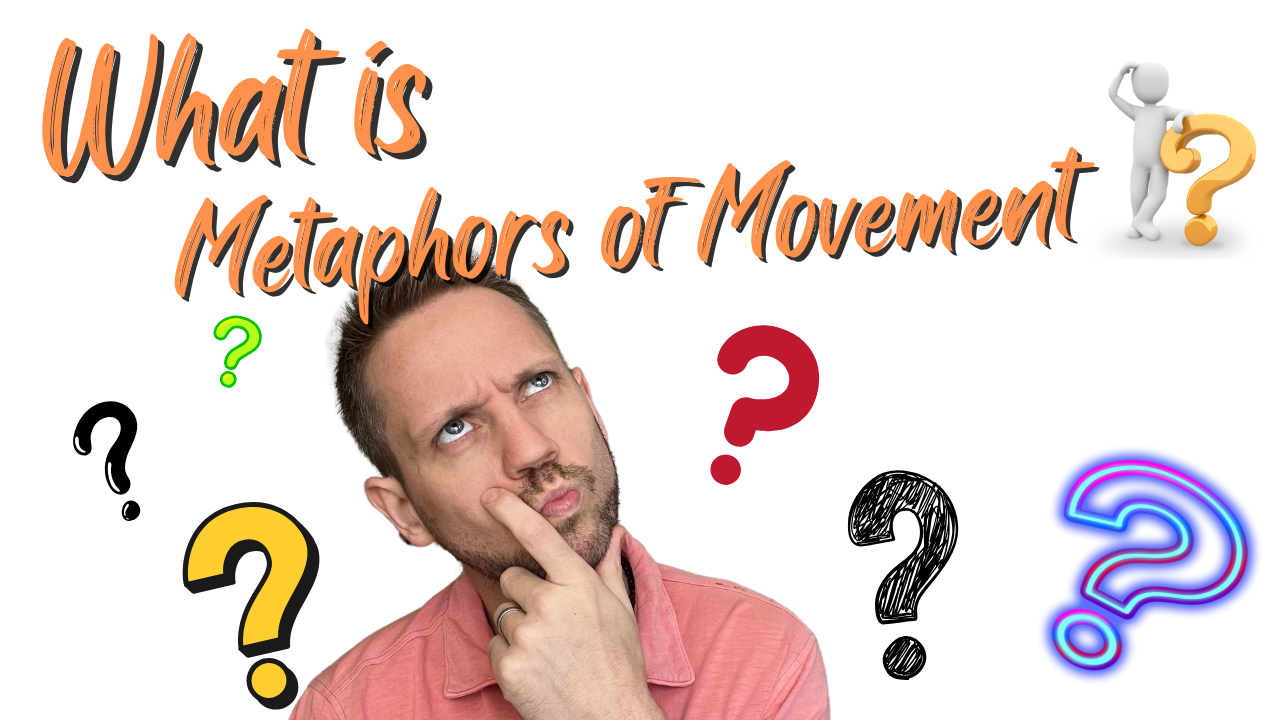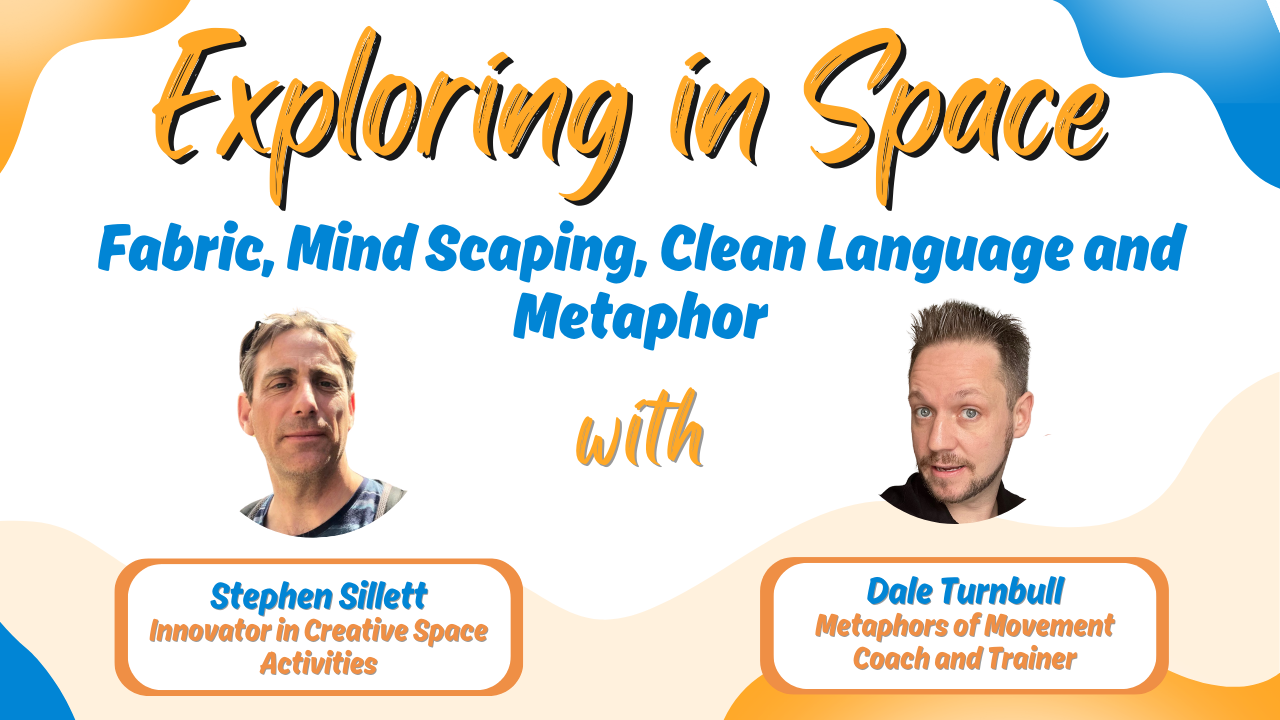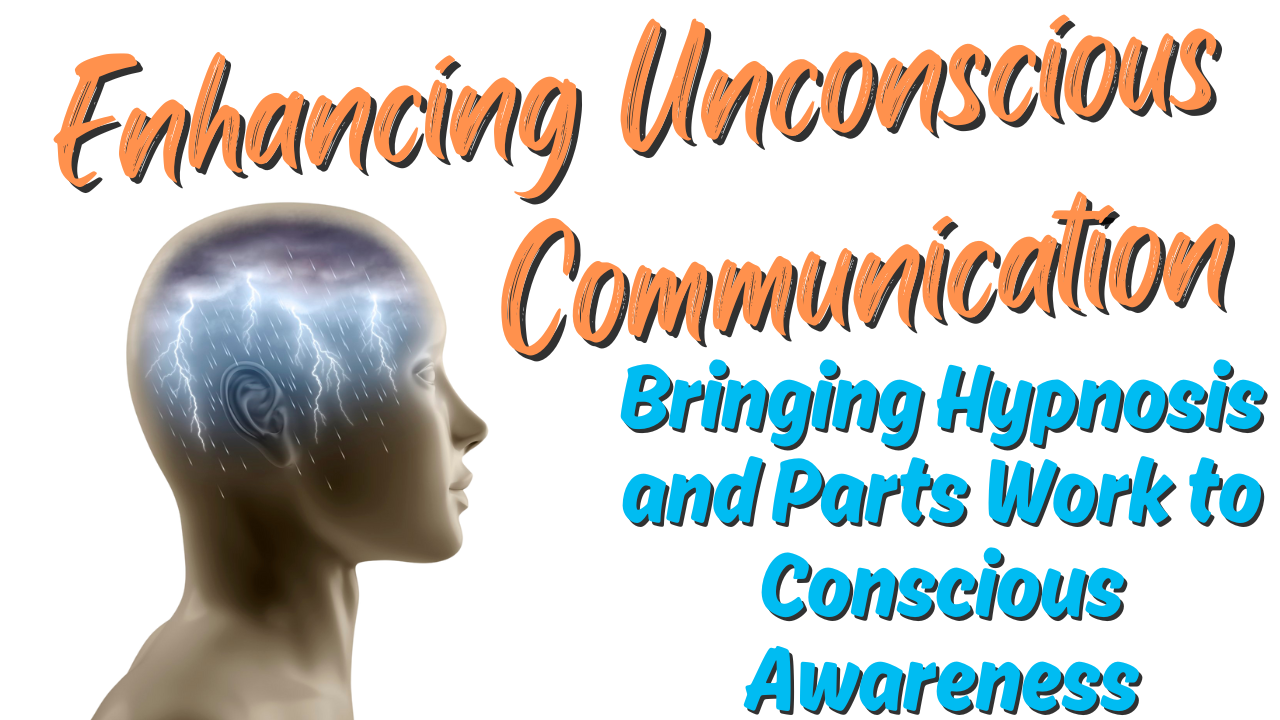What Is New Code NLP?
New Code NLP is a branch of Neuro-Linguistic Programming created by NLP co-creator John Grinder in collaboration with Carmen Bostic St. Clair in the 1980s. It was designed to address weaknesses in “Classic Code” NLP, especially the over-reliance on conscious choice-making for change (New Code NLP, NLP Education Australia).
As I explained in the video:
“To give it its base format, you use space… you find a space on the floor and anchor a problem context to that space… then you disconnect or disassociate that person from that problem context… and what proceeds is a New Code game.”
These New Code games, like the NASA game or the Alphabet game, are designed to activate multiple regions of the brain through bilateral movement, cross-patterned coordination, and visual focus shifts.
“Ultimately, it’s the job of the practitioner to facilitate the person into what’s called an optimized state, getting their neurology all open, and then you move them swiftly into the problem context.”
The aim? To create more choice, options, and possibilities in how someone responds.
What Is Metaphors of Movement?
Metaphors of Movement (MoM), created by Andrew T. Austin, works directly with the symbolic language of the mind (Metaphors of Movement). Instead of imposing resources or forcing a state change, it helps clients explore the metaphorical landscapes that describe their lived experience.
In my words:
“Metaphors of Movement works… you essentially get the person in the problem context, and you get them to elicit a metaphorical environment… you idiomize, which allows deeper understanding, realizations, [and] really makes the person feel heard and understood.”
Once that metaphor is clear, the process might invite the client to take steps in different directions within their metaphorical space. This exploration can reveal unexpected perspectives, and while it doesn’t target state change, such change often happens naturally.
“Metaphors of Movement helps you become consciously aware of the problems and challenges you’re facing. It gives you a real-life understanding of your experience.”
Side-by-Side Differences
Core Focus
-
New Code NLP – Creates a significant, optimized state shift so the brain has more flexibility in the problem context.
-
Metaphors of Movement – Creates awareness and insight by mapping the metaphorical structure of a problem, giving conscious understanding and gets the person thinking differently about their issues.
Mechanics
-
New Code NLP – Uses games, physical movement, and neurological activation.
-
Metaphors of Movement – Uses symbolic exploration, idiom analysis, and metaphorical movement.
Resource Selection
Strengths & Weaknesses
| Approach |
Strengths |
Limitations |
| New Code NLP |
- Rapid, powerful state shifts
- Engages unconscious resources
- Can be content-free |
- Less conscious awareness of of the issue
- Requires high practitioner skills and calibration |
| Metaphors of Movement |
- Reveals deep meaning and hidden patterns
- Strong sense of being understood
- Works with symbolic thinking |
- Do not focus on changing emotional state of the client.
- Works to facilitate change but does not gaurentee an outcome the client is looking for. |
My Reflections
In my experience:
-
New Code NLP feels like “turning on all the lights” in the brain and then letting the system naturally rewire around the problem. It’s great for emotional and behavioral challenges where the client doesn’t need or want to talk about details.
-
Metaphors of Movement feels like opening the hood of a car, so you, and the client can see and understand exactly how the engine is working (or not working). Then the client can choose whether to tune it, replace parts, or simply drive differently.
Both approaches have changed how I work with clients, and I often find myself drawing on both—sometimes even in the same session.
Which Should You Choose?
If you want fast, neurological state changes that bypass conscious overthinking, New Code NLP might suit you.
If you’re seeking insight, self-understanding, and depth of change, Metaphors of Movement may resonate more.
“They both work in two very different ways, but ultimately, they work to explore your neurology.”
Where can you Learn these Modalities?
To learn New Code NLP you have a few options. You can learn from the NLP Academy, these are courses taught by John Grinder, Carmen Bostic St. Claire and Michael Carroll ➡️View Courses here
Or you can look in the ITCA website for other approve New Code NLP Trainers.
To learn Metaphors of Movement you can check out my upcoming courses ➡️ View Courses here
Or you can see other upcoming courses from other global trainers of Metaphors of Movement on the link here.
Keywords for SEO:
New Code NLP, Metaphors of Movement, New Code NLP definition, Metaphors of Movement definition, New Code NLP vs Metaphors of Movement, NLP change techniques, metaphor therapy
.png)


